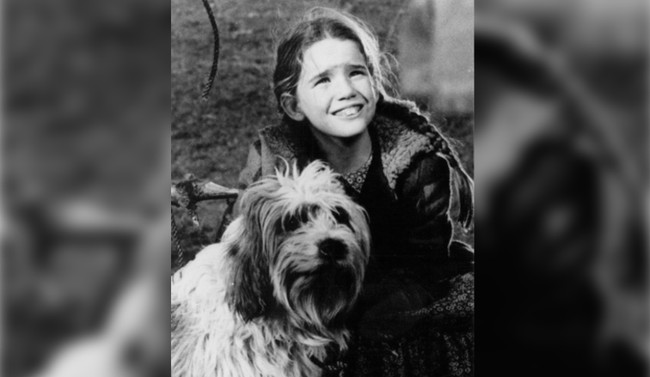From PJMedia.com

One of the crazy things about getting older is discovering the milestones of your childhood. I still have a hard time thinking of the ‘70s and ‘80s as that long ago, but time marches on. Don’t worry; I’m not going to go Kamala on you and wax about the “passage of time,” but some milestones just make you feel old.
Advertisement
Next week — March 30, to be exact — brings one of those milestones that make me feel ancient. That date marks the 50th anniversary of the debut of one of the most enduring series in television history: “Little House on the Prairie.”
I don’t remember that night since I was a toddler when the TV movie that served as a pilot for the show aired, but my family watched the show without fail. My siblings and I grew up with the Ingalls family, and my mom made sure that my nieces were familiar with the show, too. With nine seasons and over 200 episodes, the show tackled a host of issues, usually with happy endings.
The show is notably different from the books, which I’ve also read. They diverge enough that I almost think of them as separate entities in my mind. “Little House on the Prairie” doesn’t suffer from the political incorrectness that made Laura Ingalls Wilder a victim of cancel culture. The characterizations on the show take on a life of their own, and the show concentrates on one era, whereas the books are more expansive.
Related: The Left Continues to Rail Against ‘Book Bans’ That Aren’t Happening
Looking back at “Little House on the Prairie” today, the show holds up remarkably well. Sure, the scenarios, the acting, and some of the music are over the top, but other than some of the hairstyles, it doesn’t come across as dated to the ‘70s and early ‘80s. The historical subject matter stands up as well, even if some of the minorities on the show benefit from a post-civil-right-era treatment. Above all, it’s still entertaining.
Advertisement
Of course, the Ingalls family, with Laura (Melissa Gilbert) and Charles (Michael Landon) at the center, are the heart of the show, but let’s face it: the mother-daughter terror team of Harriet (Katherine MacGregor) and Nellie (Alison Arngrim) Oleson brought the most entertainment. Arngrim has made a stand-up comedy career off the Nellie persona and wrote a hilarious book about her experiences on the show.
I recently saw that a producer is trying to “reboot” the series. I shudder to think what a 21st-century version of “Little House on the Prairie” would look like. The wokes would ruin it.
What makes the show so enduring? Obviously, it’s a throwback both to the prairie days as well as to the simpler times of the late 20th century. And the wholesomeness of the show sets it apart from so much other content, even from the same time period.
“People are finding values, comfort, and a message that they long for,” Karen Grassle, who played Ingalls family matriarch Caroline, told “Good Morning America” earlier this week. “And I think, you know, it’s just simple human decency.”
Lord knows we need more of that these days.
All articles possibly rephrased by InfoArmed.com
